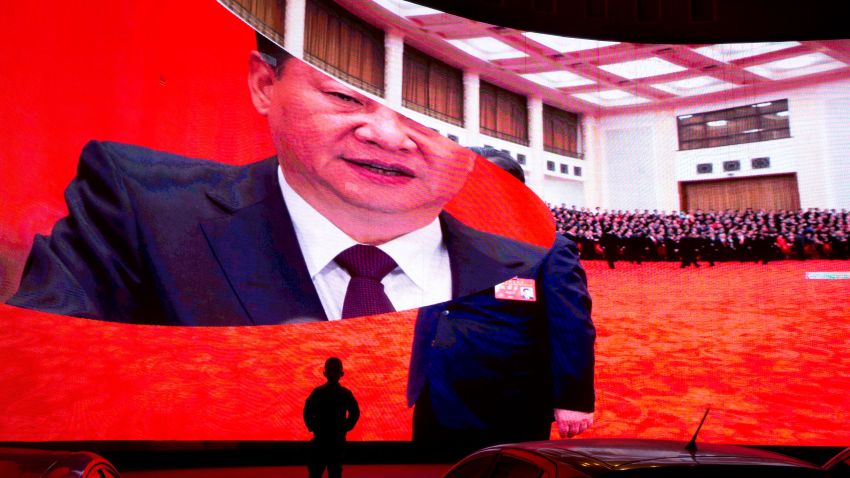A recent three-day visit to the Xinjiang Uyghur Autonomous Region marked Chinese President Xi Jinping’s first notable public appearance since the leader’s trip to Hong Kong in late June. The visit was intended to showcase what Beijing regards as the vibrancy of Xinjiang’s local economy and sought to shore up Xi’s grassroots support.
It struck a similar tone to the leader’s 2013 lunch visit to a pork bun restaurant in Beijing, where he made a show of eating the same products as ordinary Chinese people in a bid for relatability early in his presidency. Though nine years apart and of differing degrees of formality, the two visits share the peculiar optics of Xi’s public relations and give insight into the Chinese public’s consumption and economic habits. Xi, after all, almost never makes public appearances without a larger purpose.
Even in the face of international condemnation for the human rights violations his government has carried out against Xinjiang’s ethnic Uyghurs, Xi aims to retain control of the narrative regarding China’s peripheries. The visit included propaganda that showcased the region as an ideal vacation destination, complete with clapping schoolchildren and welcoming locals dancing happily in photo-appropriate traditional dress. These campaigns come at a time when Chinese families are flocking outdoors after extended coronavirus-induced lockdowns and other restrictions on activities. Trending topics on state media described vacationers as seeking “beautiful scenery and tranquil lives with friendly people.” Tourism, then, is being deployed as a form of political education, particularly in the case of cultural heritage and ethnic minority heritage sites.

